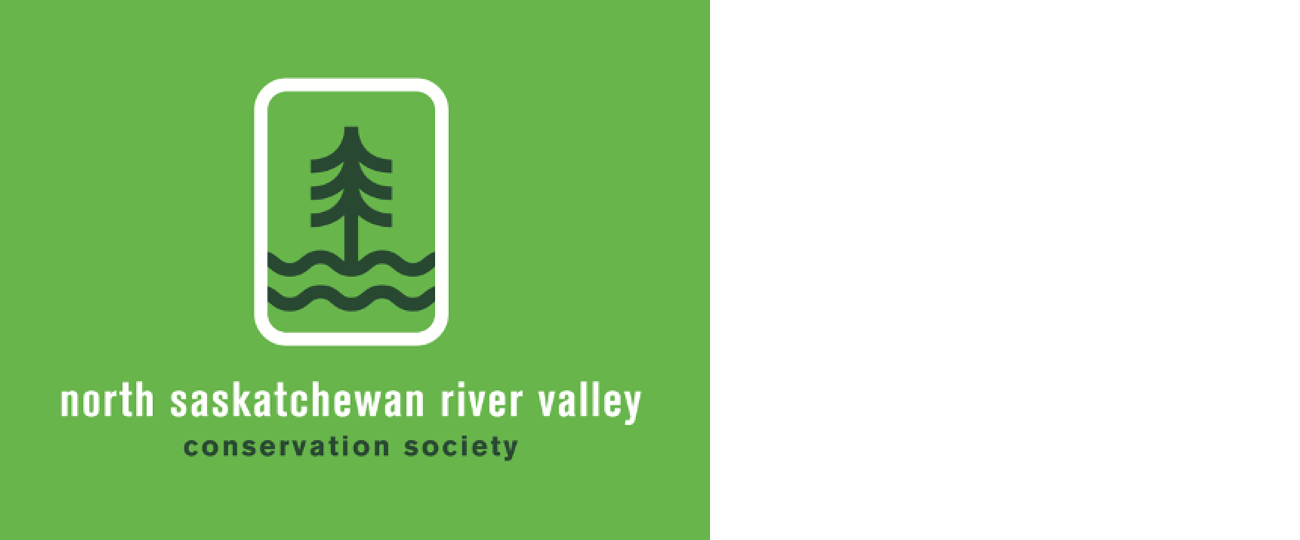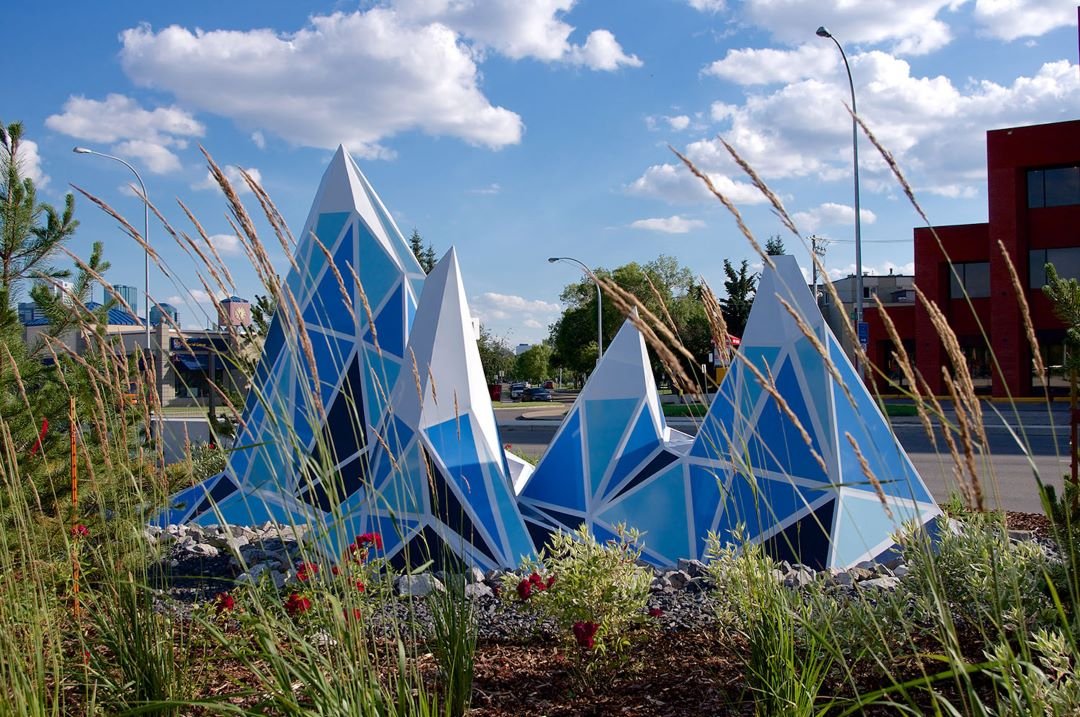Ice formation on the North Saskatchewan River
Ice is cold. But how does it form? On lakes and ponds, ice comes together in a sheet across the surface. But on a river like the North Saskatchewan, ice forming is far more chaotic. Frazil crystals, or tiny specs of ice, take shape as the temperatures drop. At first, they are small, only a fraction of a millimetre across.
As the crystals collide in the water, they freeze together and form large flocs that float to the surface to create frazil pans, which look like discs of ice. Floating along, the pans meet up and eventually jam the river downstream. As more frazil ice reaches the jam, the ice cover moves back upstream forming a solid cover as it goes.
How fast does it take for river ice to form? If the temperatures plunge quickly, it takes a few days. And because of the turbulent North Saskatchewan waters, the river super cools quickly to begin frazil ice formation. https://www.edmontoncommonwealthwalkway.com/winter/how-did-that-ice-get-there
Keep Moving tells the story of Pekiwewin
Keep Moving is a podcast series about houseless encampments in Amiskwaciwâskahikan (Nêhiyawak for Beaver Hills), also known as Edmonton. The podcast is a part of a PhD dissertation and can be listened to on CJSR 88.5FM, Spotify or Apple.
The podcast starts by telling the story of Pekiwewin, an Indigenous-led houseless encampment in the river valley that lasted for 112 days in 2020. Pekiwewin supported up to 400 houseless Edmontonians for over three months amidst the COVID-19 pandemic, housing and drug poisoning crises. The podcast wanted to showcase the success of an Indigenous-led volunteer grassroots community effort.
Edmonton’s houseless community, the majority of whom are Indigenous, are still experiencing the harm that results from punitive government measures and insufficient support. Keep Moving continues to share stories about life in the beautiful Beaver Hills, Pekiwewin, and much more. Give the podcast a listen at https://apirg.org/portfolio/keep-moving-podcast-series-pekiwewin/
like the hoarfrost, a poem by Nisha Patel
Nisha Patel was the City of Edmonton’s 8th Poet Laureate and is a Canadian Individual Poetry Slam Champion. This poem was originally presented for Winter City Edmonton, and replayed on CBC’s Sunday Magazine near the end of the segment https://www.cbc.ca/listen/live-radio/1-57/clip/15812738
I was once a girl left in the cold
by a careless boy on valentines day
five years later I become a woman who fell in love with herself
when I heard the birdsong above Victoria's park
went looking for the magpies
and found only the still pond-water
I saw myself in the uncompromise when I was met with Saskatchewan's
northern caress: no woman is alone when she is solitary,
and no woman is solitary when we have a panting sky above us
which is to say that I want to be held
like the hoarfrost holds the trees over Jasper Ave
that I long for the daylight's gift like I long for a lover
to bring me warmth on even the loneliest of sunday noons.
under the bright rustle of ravine-dwellers
I learn to love winter the way I learn to love myself:
slowly, achingly, laboriously, and at risk of a damp heart
Read the rest of Nisha’s poem at https://www.nishapatel.ca/post/like-the-hoarfrost
A View from A Train by Chris Doyle, Kingsway LRT Station, YEG
https://www.edmontonarts.ca/public-art/a-view-from-a-train
Comment or Contributions
Please note articles may not reflect the position of NSRVCS. River Valley News is meant to be a clearinghouse for the variety of opinions and ideas about Edmonton’s River Valley.
Email river valley photos, event information, comments, or questions to nsrivervalley@gmail.com
Forward this link to anyone you think may want to sign up for this newsletter https://www.edmontonrivervalley.org/newsletter-signup
















